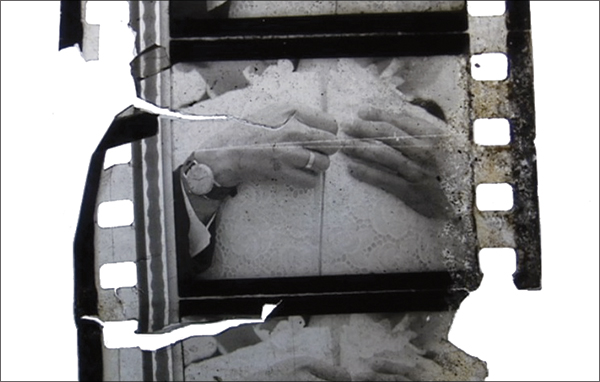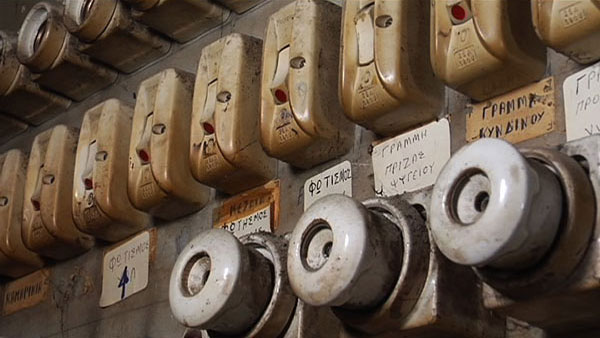Anepikaira
in collaboration with Toby Lee
Thessaloniki, Greece, 2009
*epikaira: current, present, actual, timely, opportune, well-timed, seasonable, in season, a propos, in good time, at the right/appropriate time, dominant, dominating, strategic, effective, suitable, newsreel, newsfilm.
anepikaira: the opposite of epikaira.
In the early 1960s, a small movie theater called Cine-ep opened on what was then Prigkipos Nikolaou street (currently Alexander Svolou) in the center of Thessaloniki, Greece. Two flights of stairs below street level and three meters directly above the ruins of the city’s ancient roman theater, Cine-ep first opened its doors playing variety programs of children’s movies, adventure films, slapstick comedies, and newsreels, which were replaced beginning in the 1970s with sex films. Cine-ep closed for good in the late 1990s, sharing the fate of many of the city’s once abundant independent cinemas.
By now most of these closed cinemas have been replaced by boutiques, department stores, parking garages, gyms – an older city erased by the new. In this sense, however, Cine-ep is an exception. Although closed for over a decade, the theater has been left untouched: the ticket booth, seats, screen and projector all remain, together with boxes of old movie posters and piles of film – silent witnesses of decades past. Through the locked roll-down gate, the lobby of the movie theater gathers dust, hardly noticed by the people who pass by everyday. When asked, some fondly recount memories of coming to Cine-ep as children, while others just as fondly reminisce about slipping into the theater for more illicit pastimes in later years.
Anepikaira is a collaborative project, conceived and produced by Fotini Lazaridou-Hatzigoga and Toby Lee. Incorporating elements of research, video, site-specific installation and public participation, Anepikaira examines both the history and the present state of Cine-ep as elements in a shifting social and urban landscape.
In the initial stages of the project, Lee and Lazaridou-Hatzigoga researched the history of the movie theater, speaking with neighborhood residents and with the building’s owners, and combing through movie listings in newspaper archives. They then shot inside the abandoned cinema, recording in sound and images the present state of the space itself, as well as materials such as posters and old film reels found inside the space. This footage was edited together with material from their research into a 23-minute, single-channel piece.
The project culminated in a public screening/installation of this video, combined with a live-feed component, which took place inside the theater itself on 6 May 2009. When the doors of Cine-ep opened that evening, over 100 people arrived to pack the 60-seat space. Inside the theater, a live-feed video camera was installed beneath the screen, facing the audience. At the end of the 23-minute video, the last shot is of the audience itself as the house lights come up; the end titles appear over their faces, and the live-feed projection remains on the screen as the audience starts to leave and the theater is left empty once again.
Through this video and public installation, Anepikaira reactivates a neglected space and considers where exactly it might sit between the city’s past and its future. What can the present of such a space be? How can we engage with it in a way that avoids the trap of amnesia, but also the trap of a simplistic nostalgia? And what is the role of the public in this process of reactivating and re-envisioning space?
With close and detailed camerawork, in dialogue with historical material, the video attempts to make visible the invisible and to see the forgotten and the forbidden in a new way. By opening up the theater for a public screening, and through the use of live-feed video, Anepikaira plays with the very notion of a public and draws attention to cinema-going as a physical and social act, one of both extreme anonymity and extreme intimacy. Through this exploration of both the physical and the social space of the cinema, Anepikaira offers a glimpse through the cracks of time, of what was, what is, and what might be.
Special thanks to: George Chatziandreou, Janis Chatzigogas, Lia Lazaridou, Elaine W. Ho, Elena Mamoulaki, Barbara Papadopoulou, Nela Tampouri-Myrtsou.
The project was made possible by the support of the Harvard Film Study Center.


